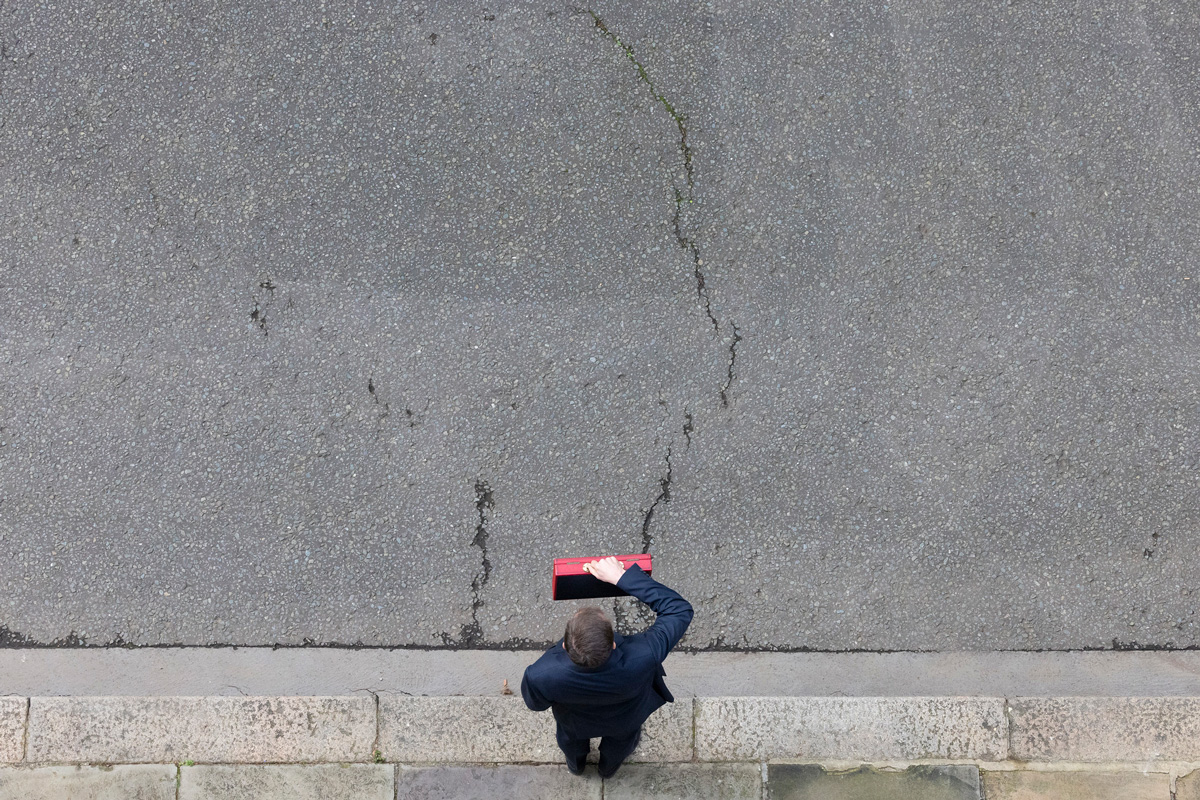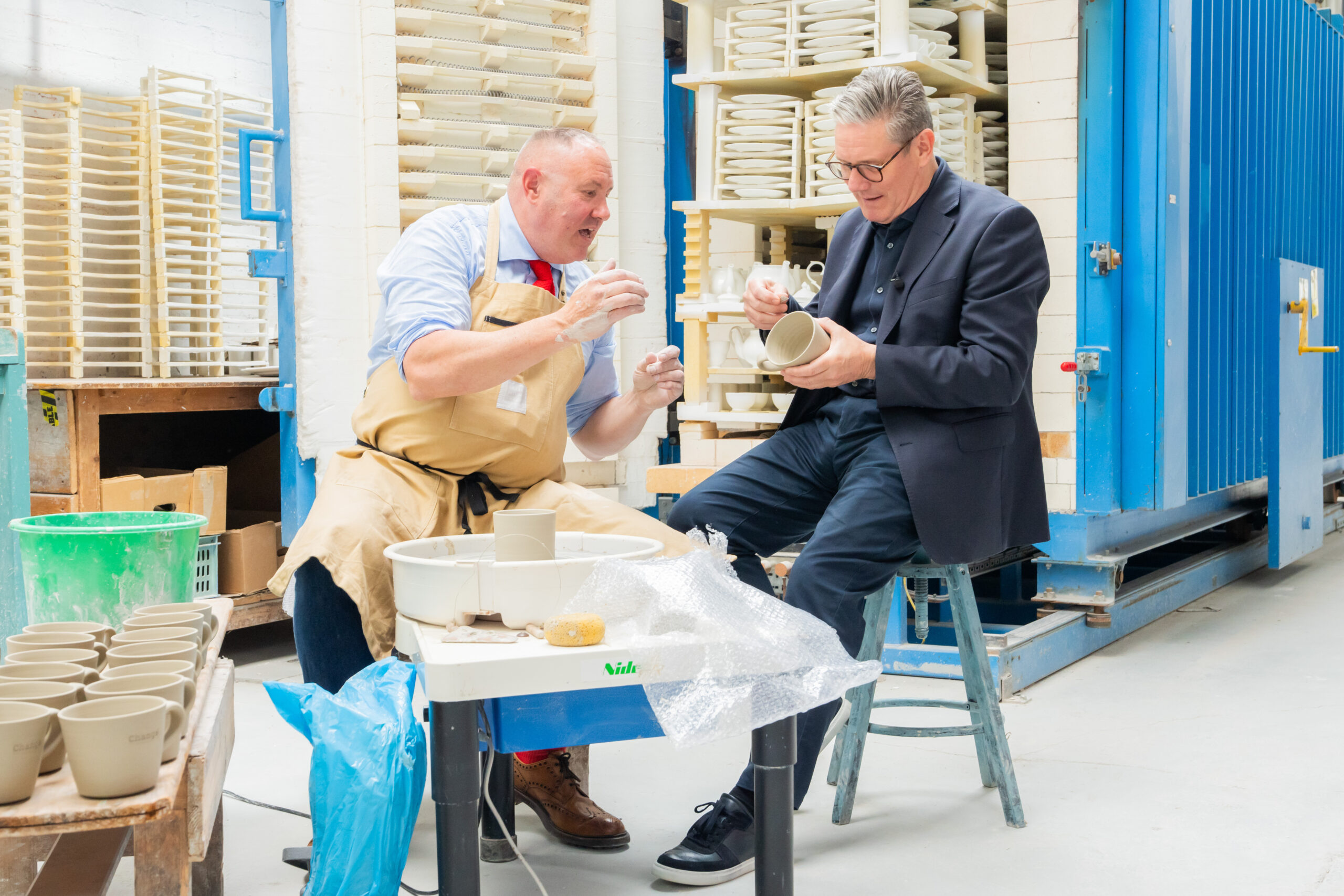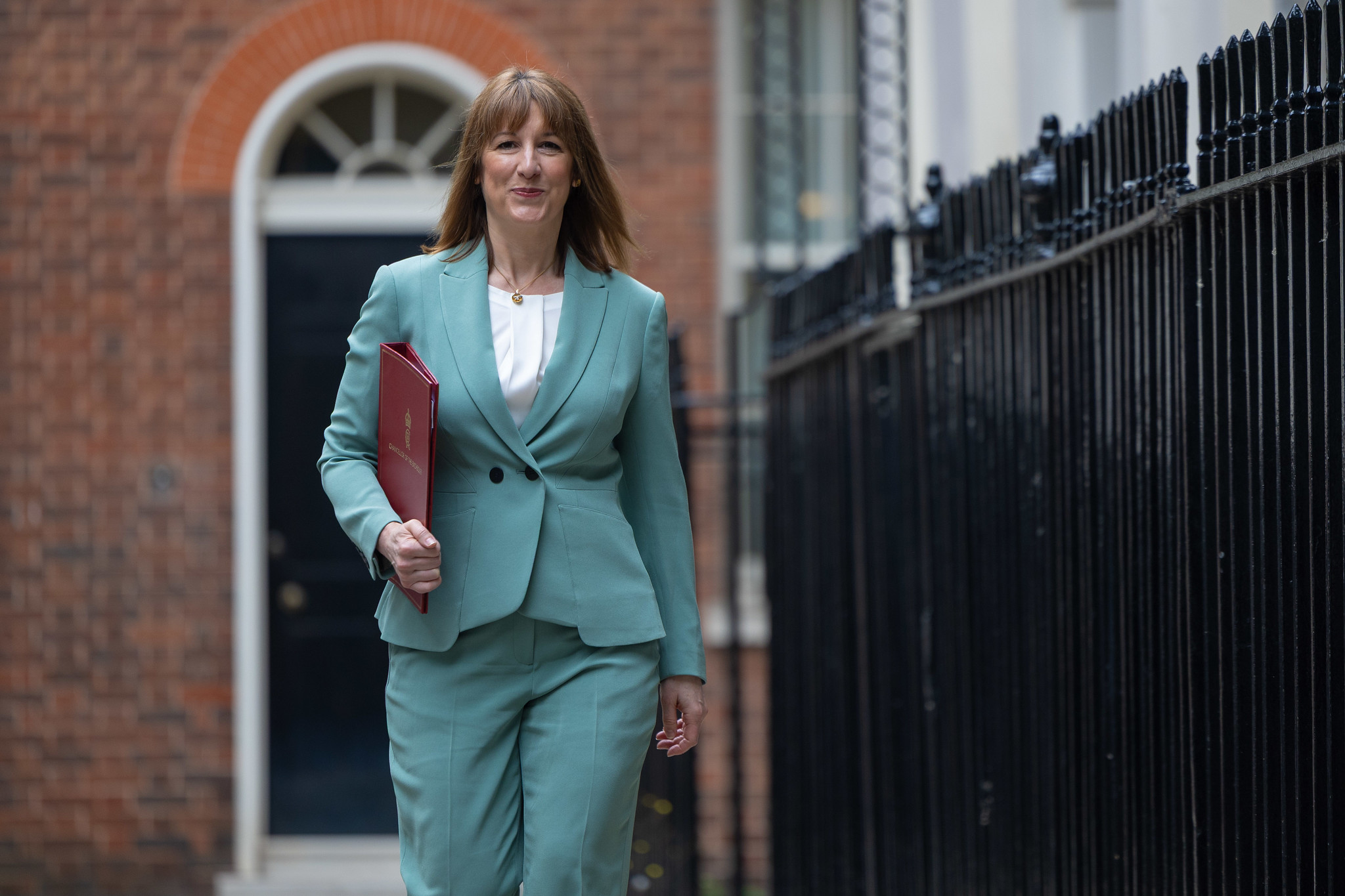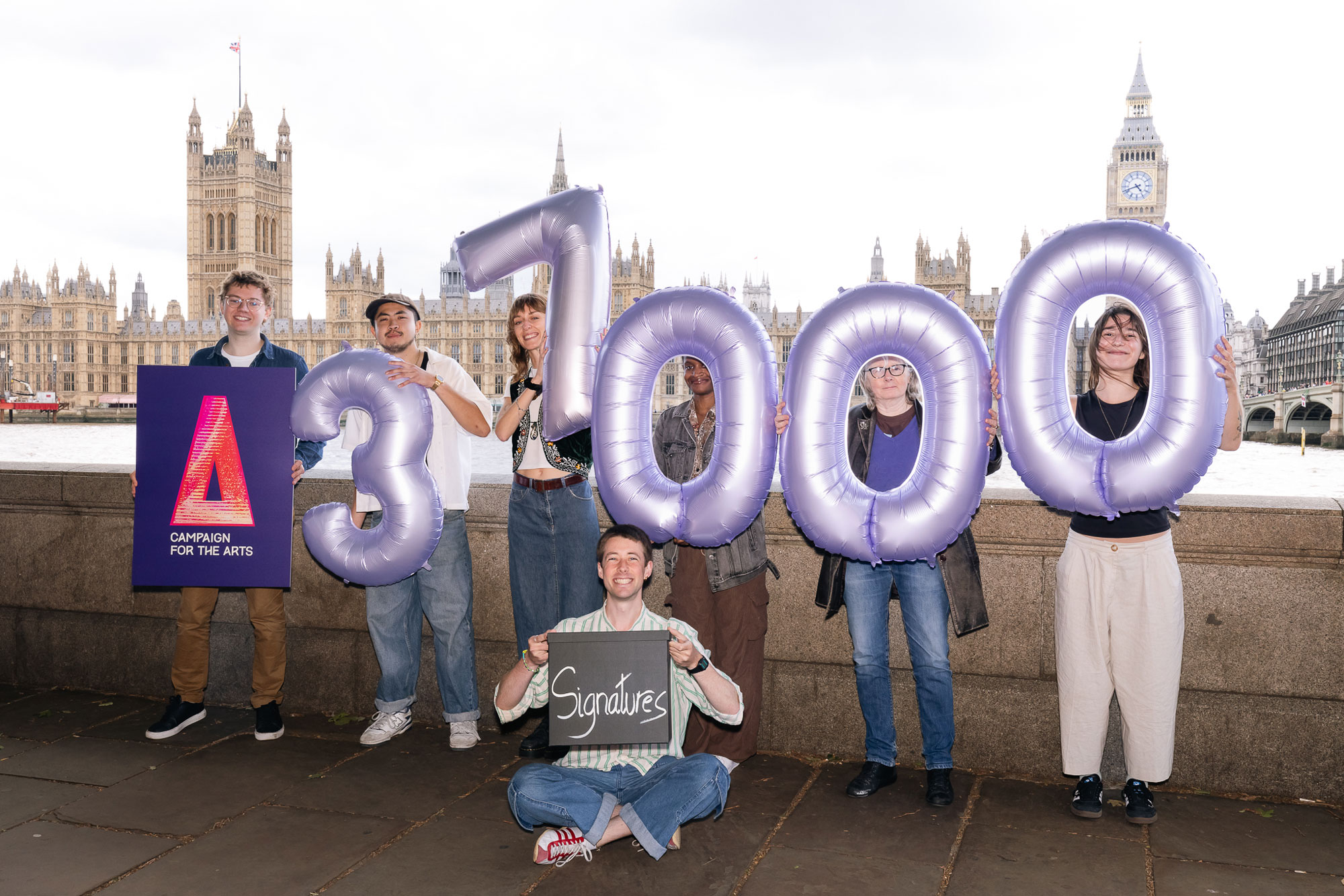The Chancellor of the Exchequer, Jeremy Hunt MP, has revealed the 2024 Spring Budget.
It contains:
👍 Significant tax measures that will enable more new shows, concerts, exhibitions and films
👍 New investment in several cultural projects and facilities
However:
👎 Local arts funding is still in crisis
👎 Deeper cuts to investment are implied over the next 5 years
Tax reliefs
Between 2007 and 2017, the Government introduced eight ‘creative industry tax reliefs’ which apply across the UK. Eligible companies can pay less Corporation Tax when producing films, animation, high-end and children’s television, video games, theatre, exhibitions and orchestral concerts.
🎭🎼🖼️ Tax reliefs for theatre productions, orchestral concerts and museum/gallery exhibitions will be set permanently at 40-45% from April 2025. That’s 5 percentage points lower than now, but 20 percentage points higher than the previous standard rates. For all those eligible, truly a big relief.
🎬📺 There’ll be a 5% increase in tax relief for UK visual effects costs, and a new tax credit for UK independent films with budgets under £15m. The Government will give eligible film studios in England 40% relief on business rates until 2034, and fund an extension of the National Film and Television School.
New investments
🎟️ The Chancellor announced new investments in culture around the UK: £100m of ‘levelling up’ funding (including for the British Library North, National Railway Museum and National Museums Liverpool), £10m for the West Midlands, and £10m for Perth and Dunfermline. However, there was no new support for cash-strapped councils to meet cost and demand pressures on services.
🏛️ The Chancellor announced new investments in cultural infrastructure – £26.4m for the National Theatre, £5 million for village halls and £1.6m for Theatr Clwyd. However the Government will not consider its wider approach to funding cultural infrastructure until after the general election.
Local and future spending
The Chancellor’s post-election spending plans were effectively unchanged by today’s Budget. According to the Institute for Fiscal Studies, sticking to these plans will require spending cuts of around 3.3% per year between 2024/25 and 2028/29. That could be disastrous for future public investment in the arts.
The present crisis in local government, historically the biggest public funder of the arts, follows a 40% real-terms cut in central government grants over the 2010s. Since 2010, English councils have almost halved per-person spending on culture, heritage and libraries.
We warmly welcome the Government’s new investments in the arts and culture, including through significant new tax measures. But the pressures on local councils’ funding now, and the prospect of further public spending cuts over the next 5 years, are major causes for concern.
What about the Arts Premium?
It’s been 4 years since the Budget at which Rishi Sunak announced the ‘Arts Premium’: millions of pounds of funding for arts education, and a 2019 Conservative manifesto pledge, that has still not been delivered. Especially following a 47% decline in arts enrolment at GCSE, and a 29% decline at A-level, it’s even more important to support a quality arts education for every child and young person. We continue to call on the Government to keep their promise and deliver the Arts Premium to secondary schools.




4 responses to “What did the 2024 Spring Budget mean for the arts?”
£10 million pounds for the West Midlands and the same sum for Perth and Dunfermline is absurd. This is just a poor attempt at window dressing.
Keep up the good work.
Everything is still about (productivity) ‘efficiency’ in the budget. To me this means continuing to ask people to do more for less, not paying people for the time and skill they have, and disable them investment and commitment to their work and its value to society for its own sake. It continues to be asking artists to fill in the gaps/support other needs such as health and care because those areas are underfunded too. So, art isn’t being made for the development and sustaining of each form in and of itself but is in service to other areas of society and the agendas of the government in its spending.
Dance education at all levels is being drained and ravaged by funding cuts and this, as we know has been happening for some time now. Generations of future and potential dance artists will be lost. The legacy of what has been built to date by wonderful artist/educators will fade and might never reappear.
Our son is part of a small organization in Liverpool, who rent two venues, where they put on bands and other shows.
They have been struggling since ‘Lockdown,’ as audiences have, mainly, been considerably smaller than previously.
They are not being helped, at all, by the latest budget.
Incidentally, when the government said they were giving grants to musicians and others working in the Arts, during Lockdown, they were not grants at all, because the money was then deducted from his Universal Credit.
What a deception! How misleading! What a lie. What a deliberate twisting of English!
Chris Murray